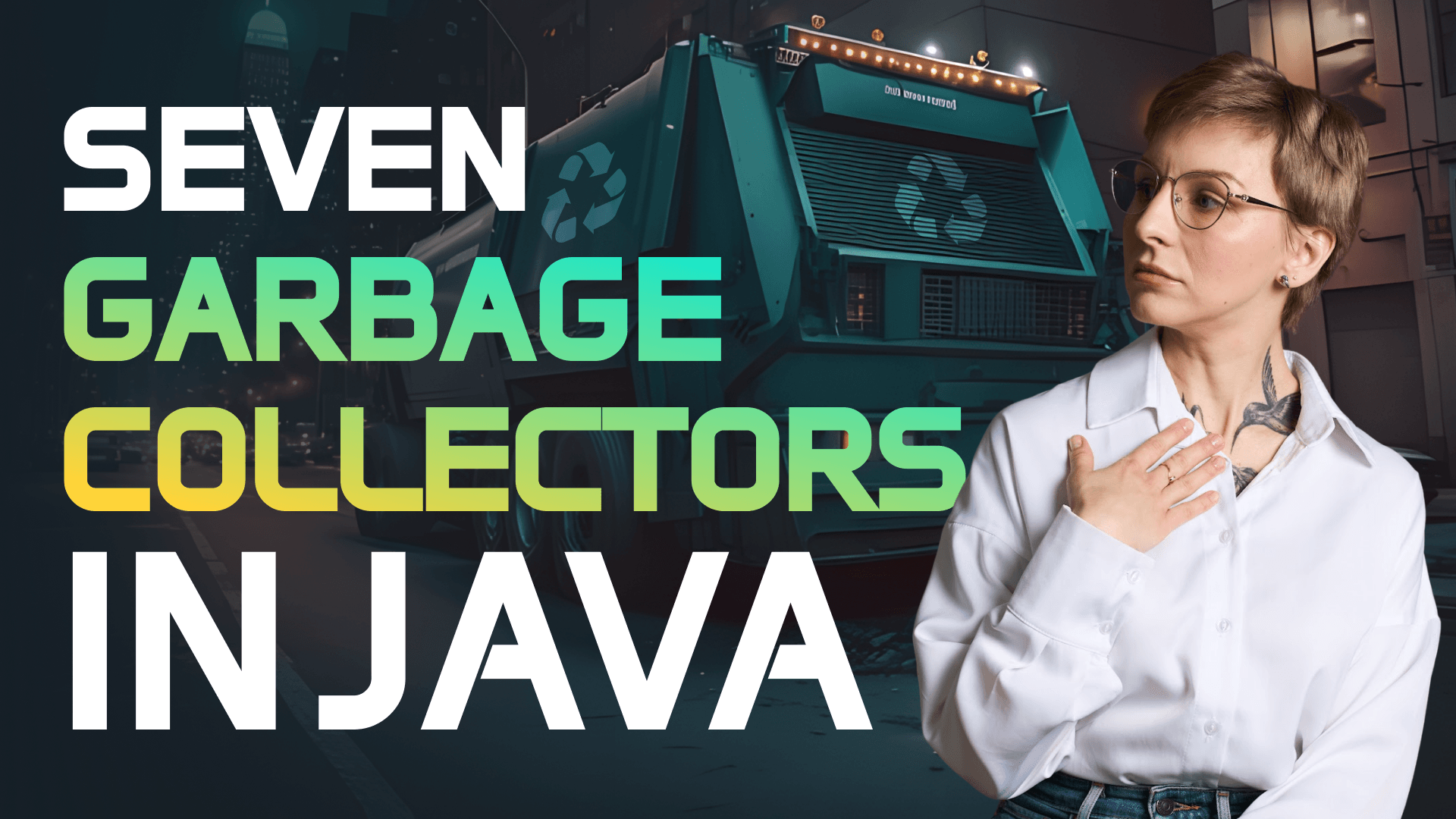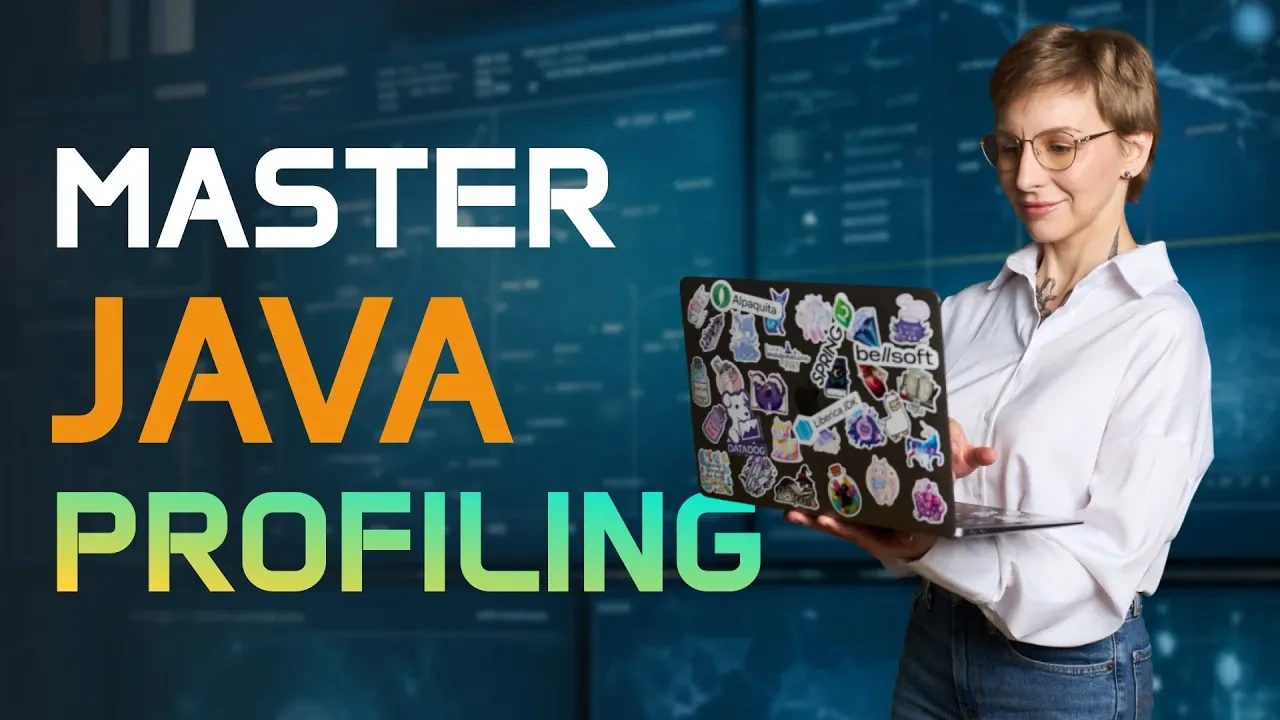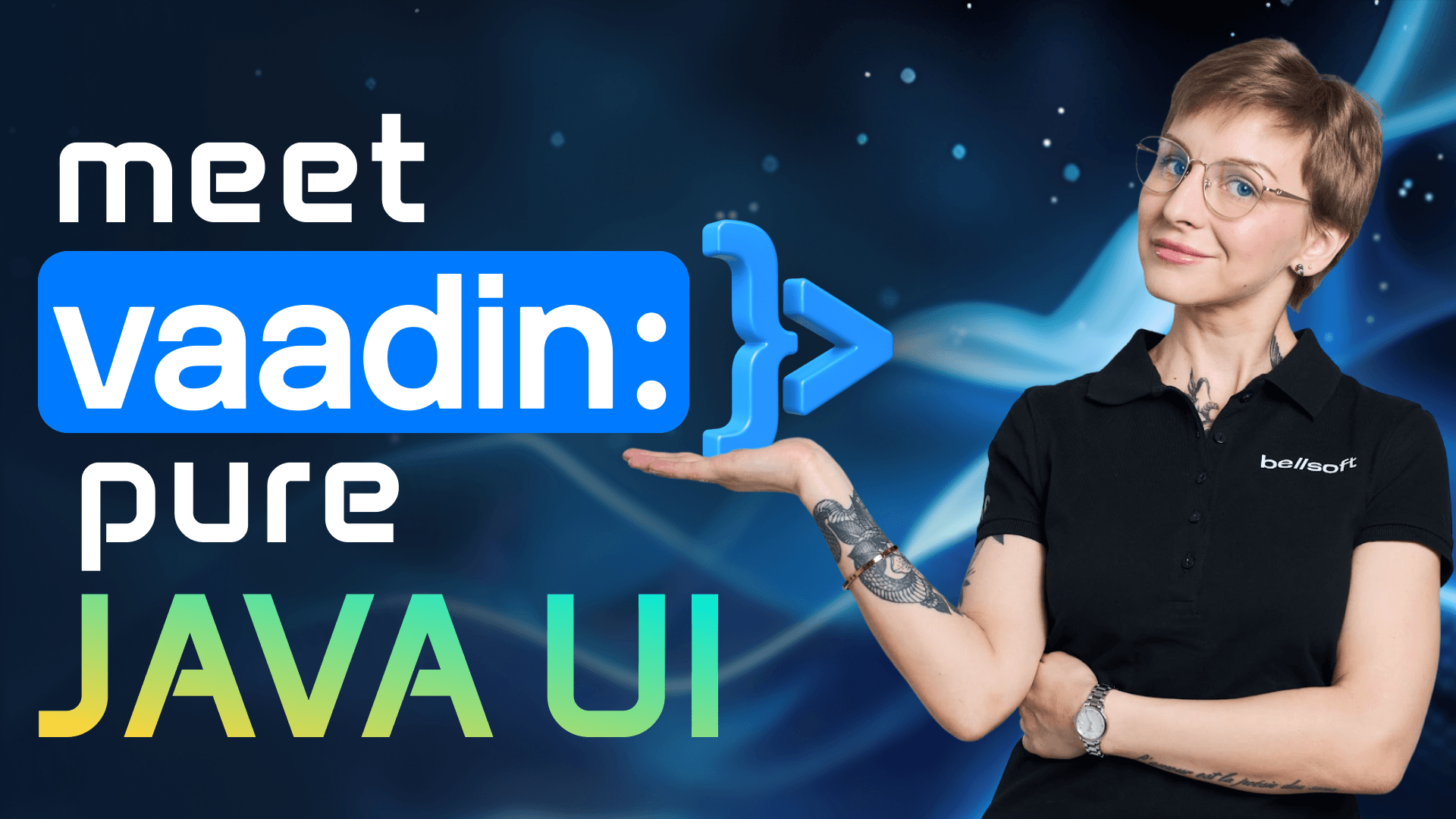JRush Episode 4: Q&A Session
Transcript:
Q&A Session Introduction
I would prefer to call this a panel discussion rather than a simple Q&A session. We likely have a number of questions from our audience, which I would like to voice to our speakers now. Additionally, I have a "secret" question for every speaker at this panel, which, of course, is about Java.
Question for Dmitry: ARM Servers Availability
Dmitry, you mentioned that ARM servers are available in the cloud at AWS. Do we know of any other cloud providers or manufacturers offering ARM servers where they can be accessed or purchased?
- Dmitry: Yes, I mentioned that at the end of the talk. You can rent servers built on Hunter Ultra in Oracle Cloud or Azure, or you can buy physical servers from multiple vendors based on Ultra. Graviton servers, however, are available only on AWS EC2. There are other providers as well, such as Alibaba Cloud.
- Host: Interesting! I found that instances on ARM servers like AWS Gravitons are really cheaper than Intel ones, so it’s definitely worth checking.
Question for Mary: Streaming Technologies
Mary, we know of several different streaming technologies like Apache Spark, Apache Flink, and Apache Pulsar. Could you briefly explain the differences between them?
- Mary: Sure! Apache Pulsar is more of an event-streaming broker, ideal for message ingestion. Apache Spark is more suited for batch processing of streaming data, often used in machine learning and AI applications. Apache Flink allows both ingestion and event-streaming processing, making it great for complex SQL-based data operations. Together, they form a strong combination, leveraging their individual strengths.
- Host: That’s great. Can this technology help with fraud detection?
- Mary: Yes, definitely. For instance, Apache Pulsar can monitor data in real time to detect unusual activities in financial systems, helping prevent fraud. Event streaming software can be highly effective for such purposes.
Technical Question: Garbage Collection in Pulsar
There’s a concern about garbage collection causing "stop-the-world" events in Pulsar. How does it handle this issue?
- Mary: That’s a great question. Currently, I don’t have the exact answer but can look it up. However, Pulsar’s federated architecture, which uses multiple nodes, minimizes the likelihood of stop-the-world pauses affecting the entire system.
Question for Dr Mo: Kubernetes in Production
Dr Mo, could you share your experience using Kubernetes or OpenShift in production?
- Dr Mo: Sure. At Discover, we use OpenShift, which builds on Kubernetes with added features for developers and operation engineers. OpenShift simplifies deployment, scalability, and management through an intuitive console and CI/CD integration.
- Host: Is transferring solutions across cloud providers easy with OpenShift?
- Dr Mo: Yes, with tools like Red Hat’s Advanced Cluster Management, you can manage applications across clouds easily. It’s more seamless with OpenShift compared to vanilla Kubernetes, though complex applications might require additional work.
Final Question: Java’s Longevity
Java recently celebrated its 28th anniversary. What do you think makes Java so popular after all these years?
- Mary: The vibrant community and robust technology keep Java alive. The Java Community Process (JCP) and the absence of major internal disputes make it unique. Java’s reliability in production also speaks volumes.
- Dr Mo: Java simplifies development by abstracting complexities like memory management. Its active development, backward compatibility, and community support make it indispensable in industries like finance.
- Dmitry: Java’s strict backward compatibility and a strong ecosystem have fostered trust and continuous development over decades.





